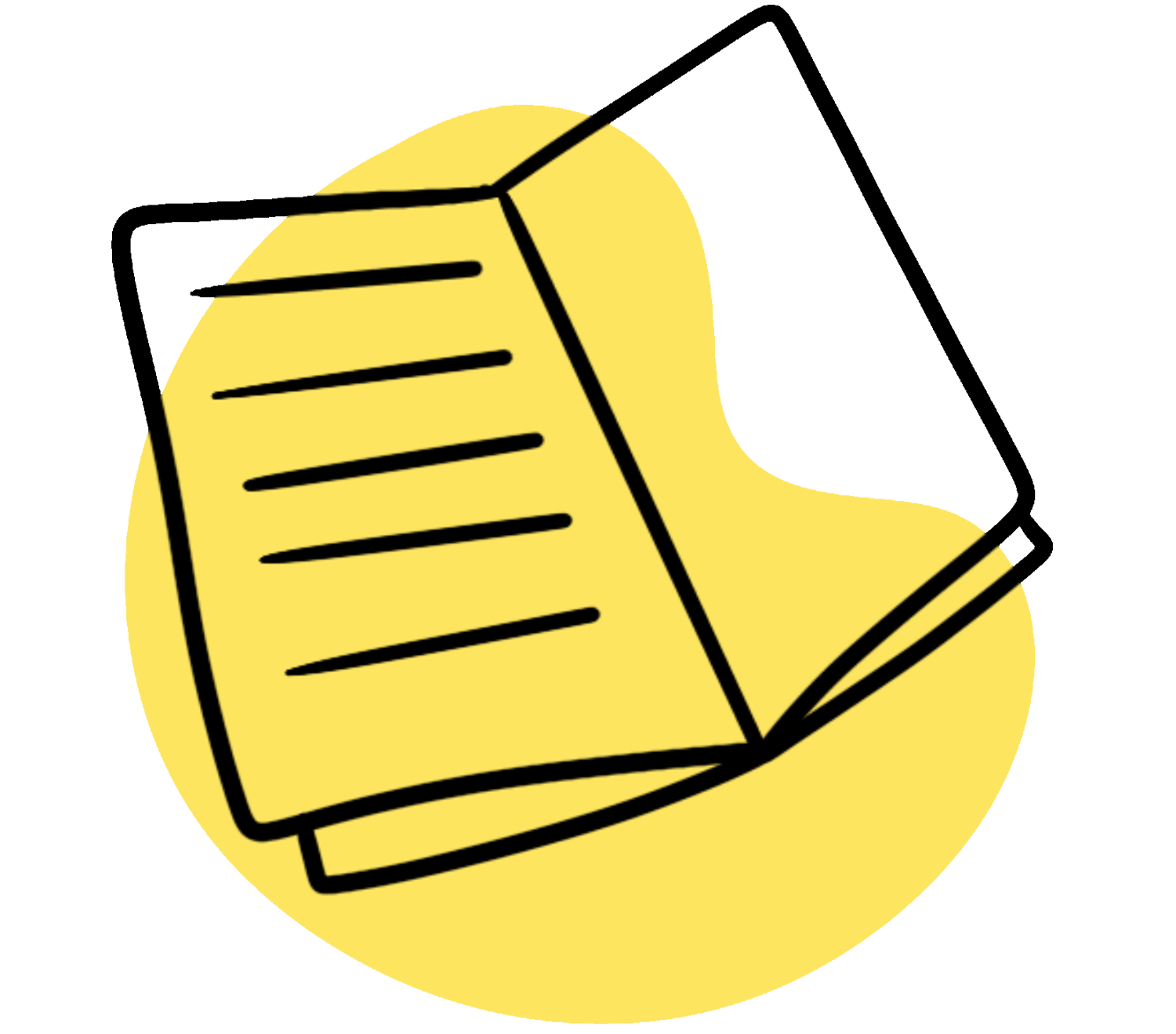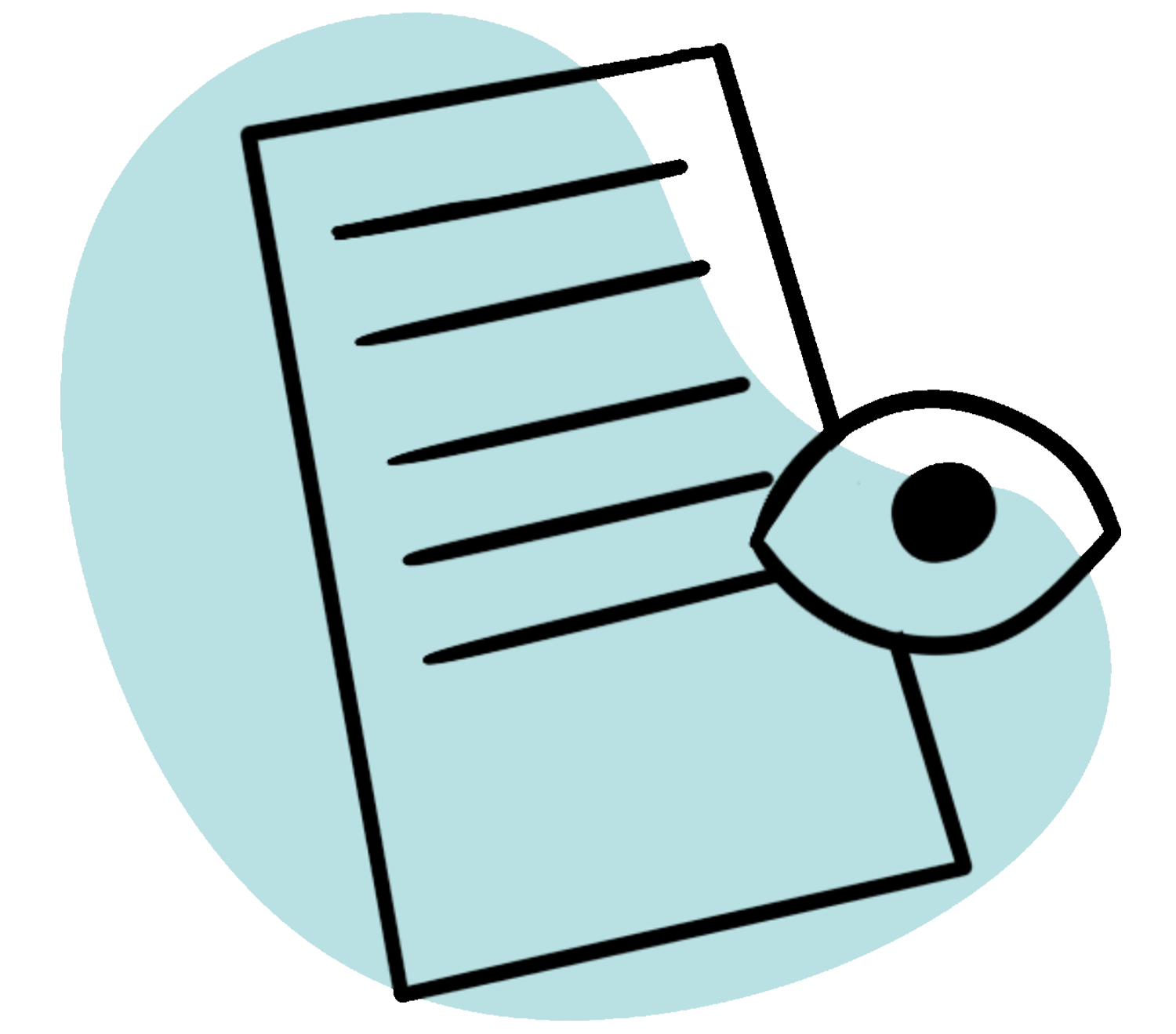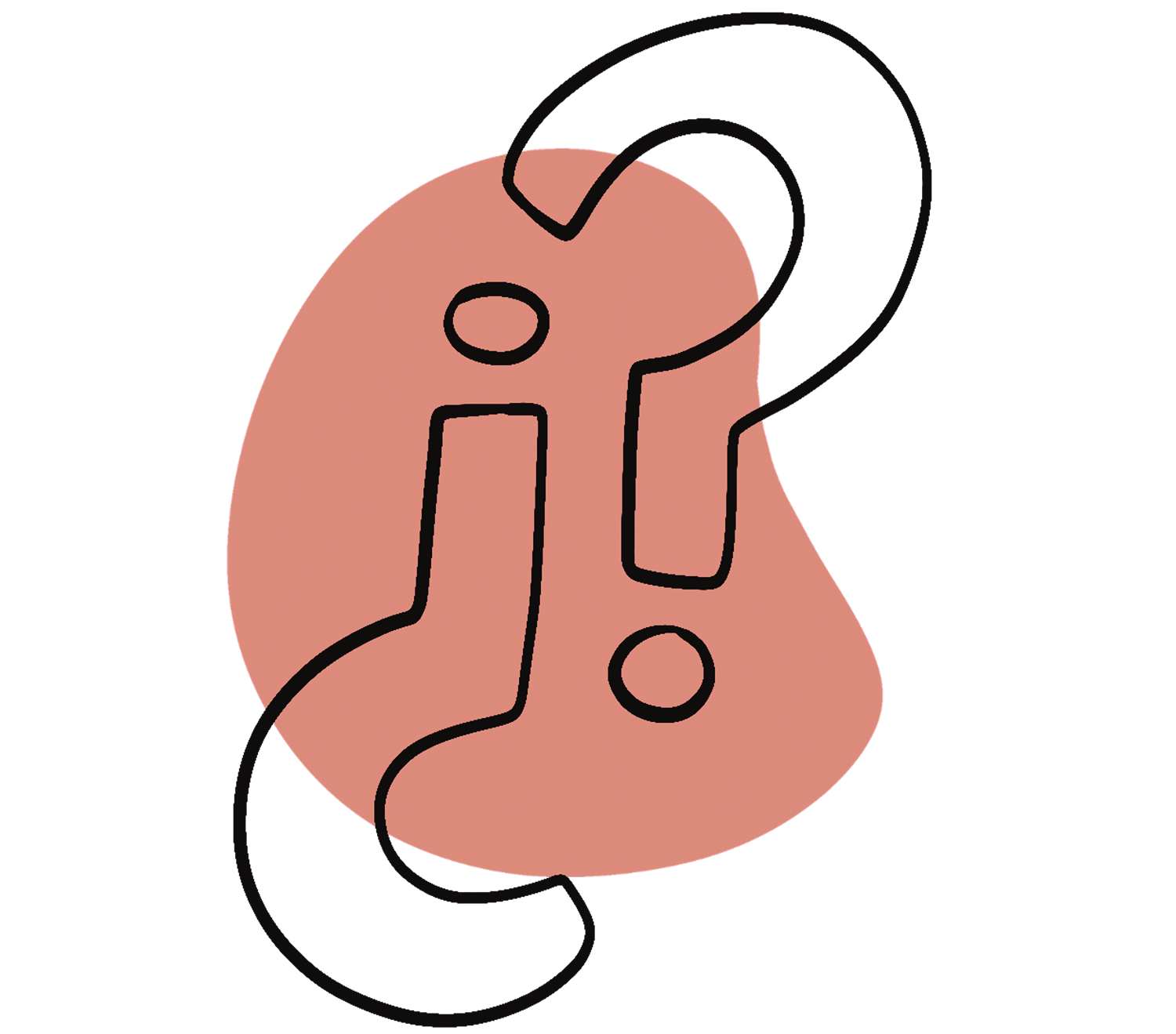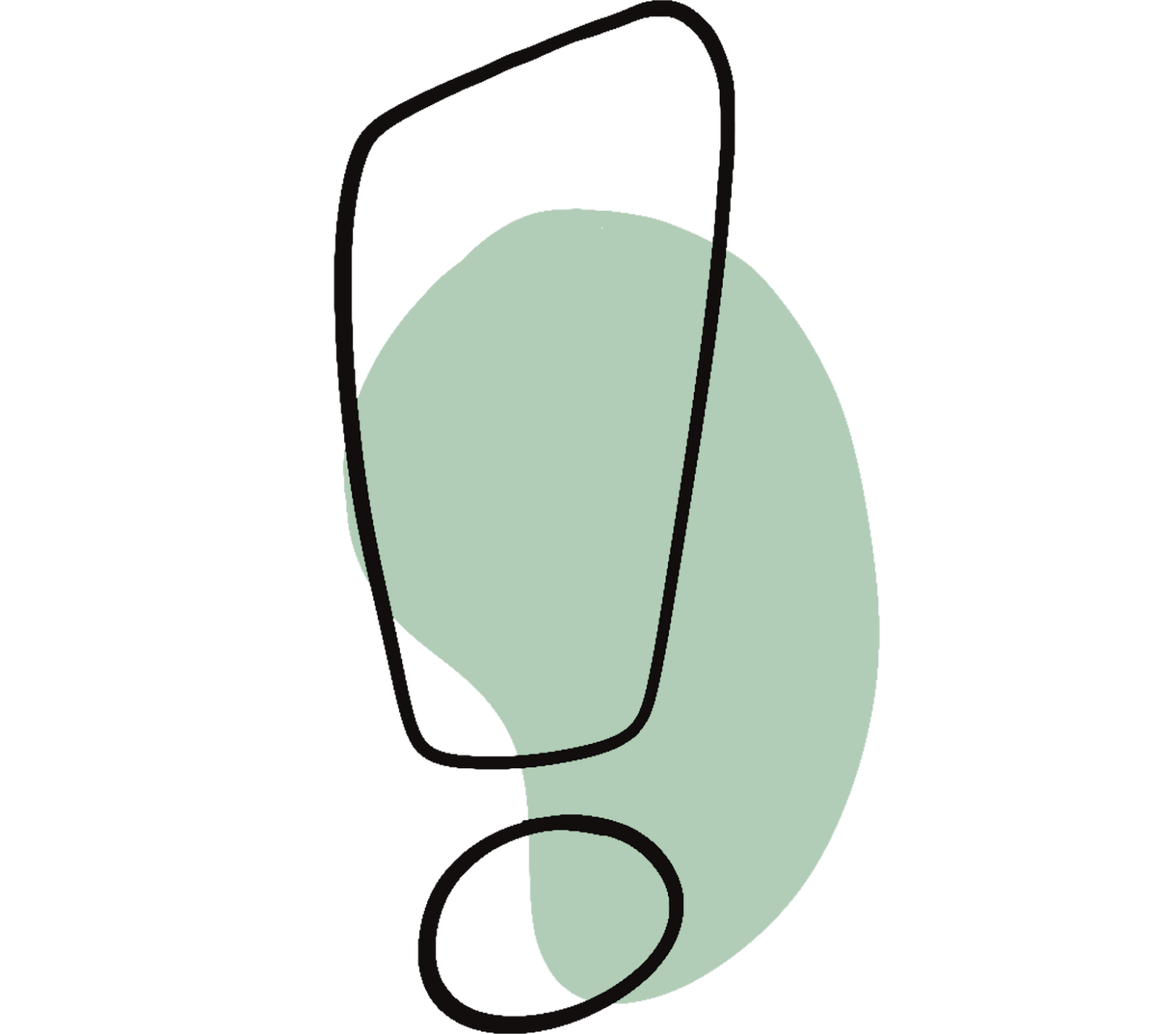
- Font and font size: Use a simple font, e.g. Times New Roman or Arial.
- Captions: All tables, equations, figures, and schemes must be numbered in the order in which they are mentioned in the text; examples: “Table 1”, “Figure 1” – It is best to use the automatic captioning function of your word processor. All figures and tables must be introduced in the text.
- Use abbreviations and acronyms sparingly but consistently. At the first mention, the full term must also be given.
- Nomenclature, symbols, units: The rules and recommendations of the International Union of Pure and Applied Chemistry (IUPAC), the International Union of Biochemistry (IUB), and the International Union of Pure and Applied Physics (IUPAP) should be followed. Furthermore, the DIN EN ISO 80000 must be observed.
- Italic type is used for symbols of physical quantities, but not for the corresponding units, e.g.: T for temperature, stereochemical descriptors (cis, E, R), locants (N-Methyl), symmetry and space groups (C2v), and prefixes as in “tert-Butyl”, but not for Latin expressions such as “in situ”.
- The stereochemical descriptors D- and L- as well as the terms molar (M) and normal (N) should be written in small caps.
- Oxidation states should be written in small caps in parentheses when the element name is written out, and as superscript when using the element symbol; example: iron(II) resp. FeII; iron(III) resp. FeIII.
- Formulas of coordination compounds must be written in square brackets (IUPAC rule).
- For axis labels, units are separated by a slash; e.g. T / K. The ordinate is labeled perpendicular to the axis. An arrow indicates the direction of increasing values, e.g. on coordinate axes or next to labels.
You should label chemical formulas consecutively with formula numbers (Arabic numerals, bold, and not in parentheses). Alternatively, you may label them as figures:
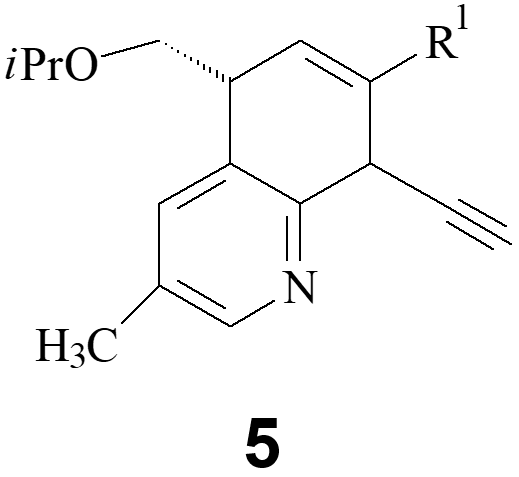
- Common abbreviations such as Me, i Pr, s Bu, and Ph may be used, but consistency is important.
- General substituents should be denoted as R1, R2 or R, R‘.
- The spatial arrangement of substituents must also be indicated.
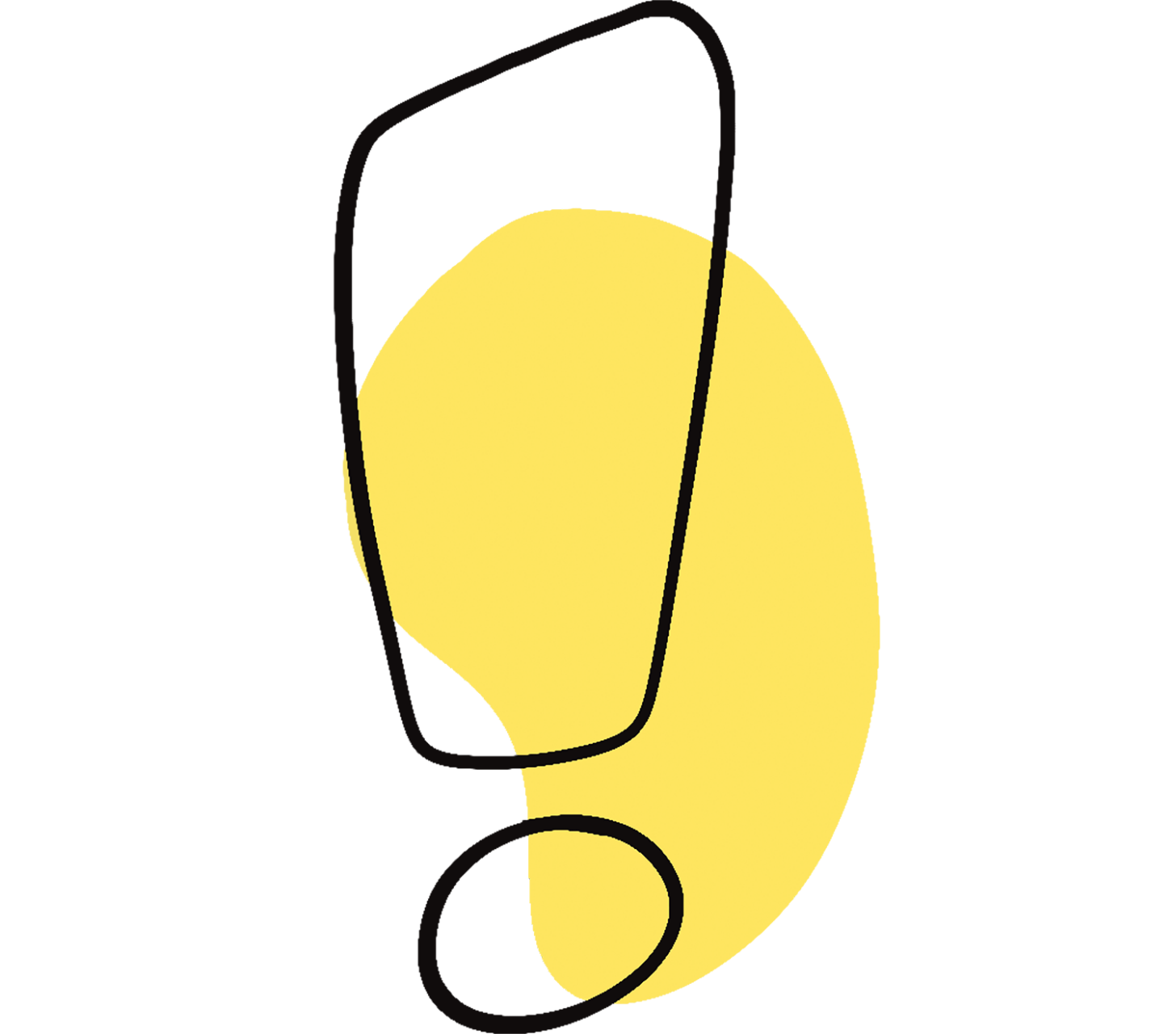
The following general rules apply to tables:
- Tables should have a descriptive heading and be divided only by three lines (header, neck, and footer lines).
- Tables with only one or two columns, or columns with only one or two entries, should be avoided.
- For footnotes in tables, lowercase Latin letters in square brackets are used.
- All tables must be numbered in the order in which they appear in the text.
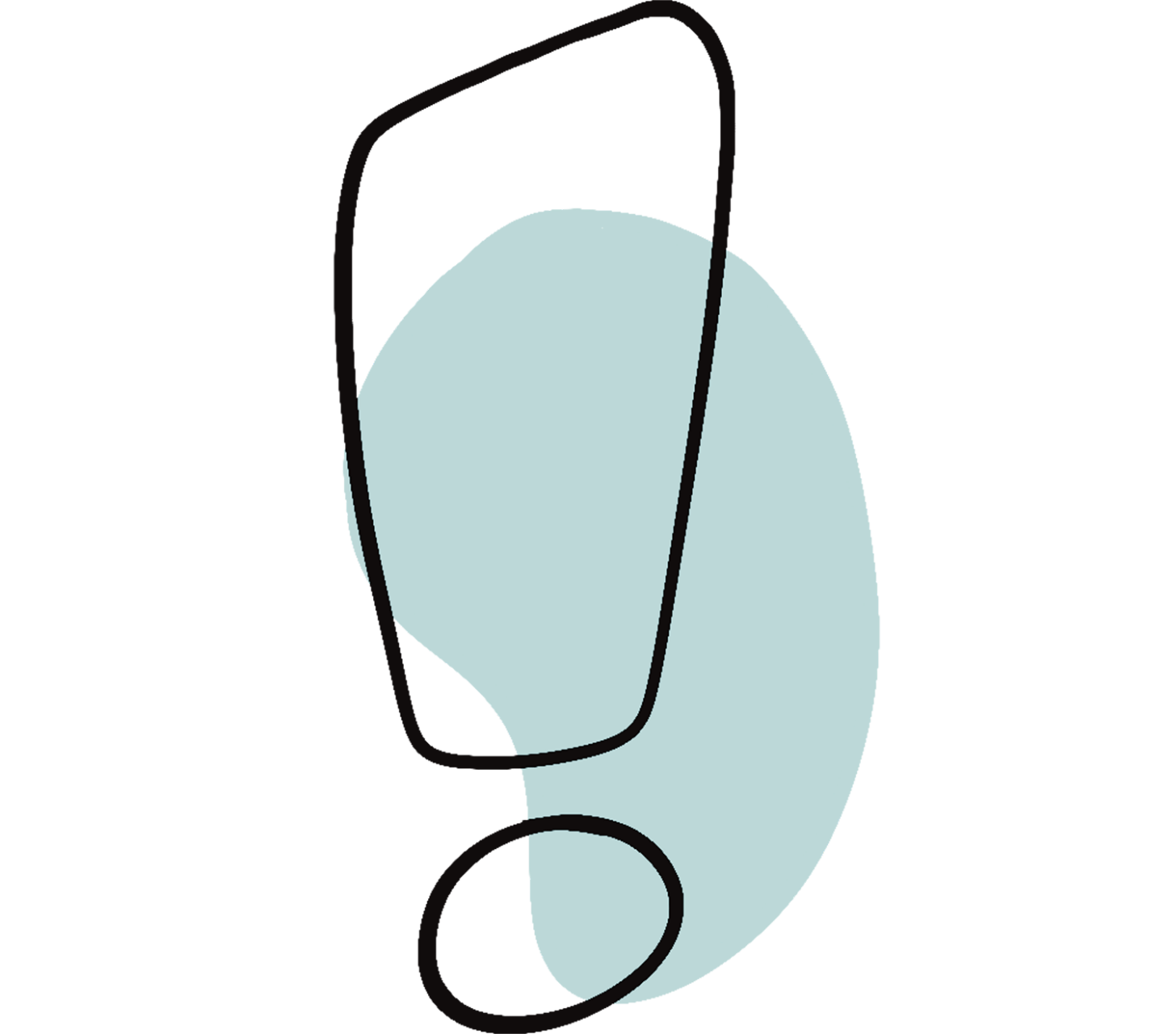

The coordinate axes (horizontal axis: abscissa; vertical axis: ordinate) must be labeled with their quantities (in italics) and units, e.g.: λ / nm→.
The ordinate should, if possible, be labeled perpendicular to the axis, and the quantities or the axes should be indicated with an arrow.
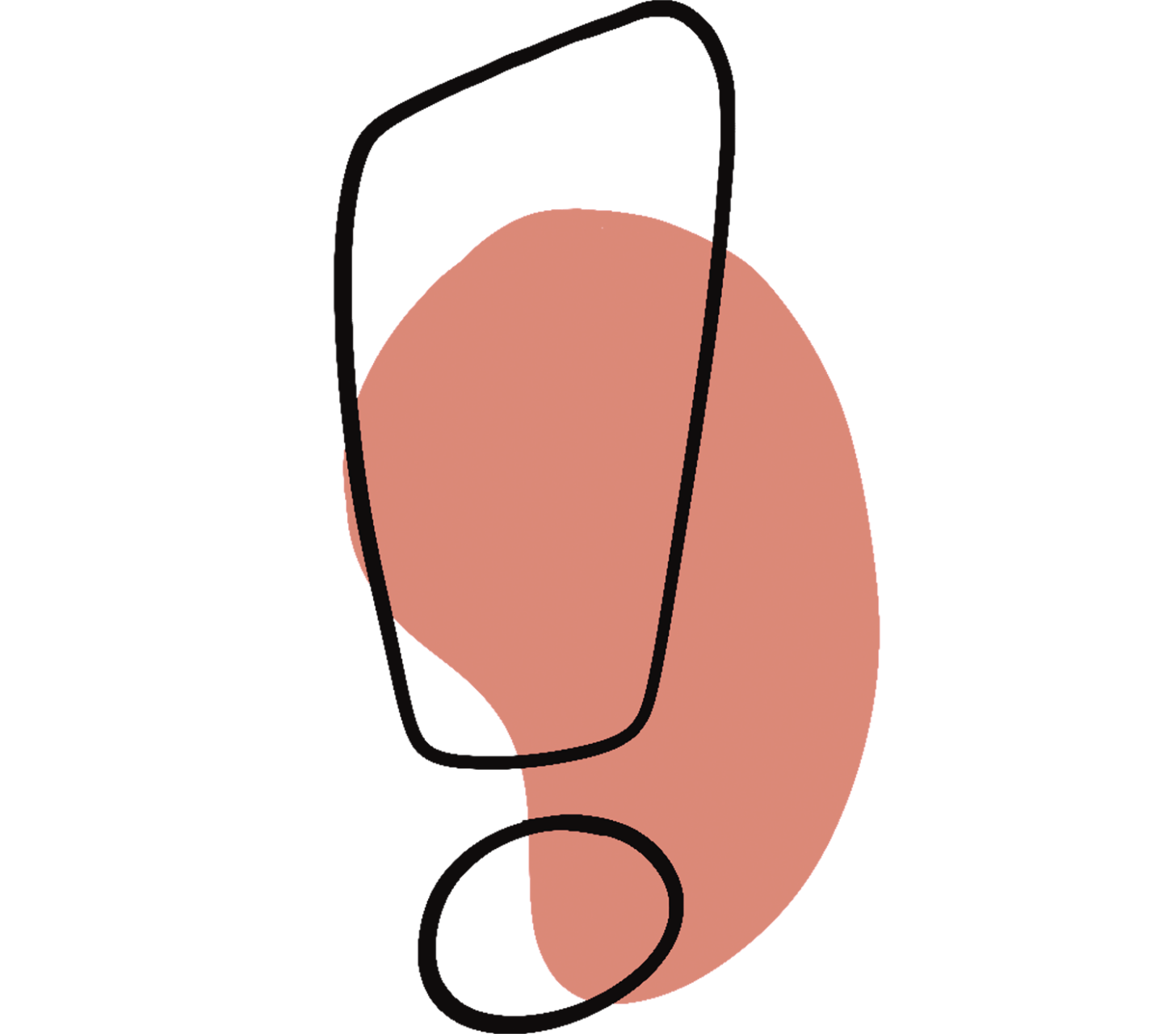
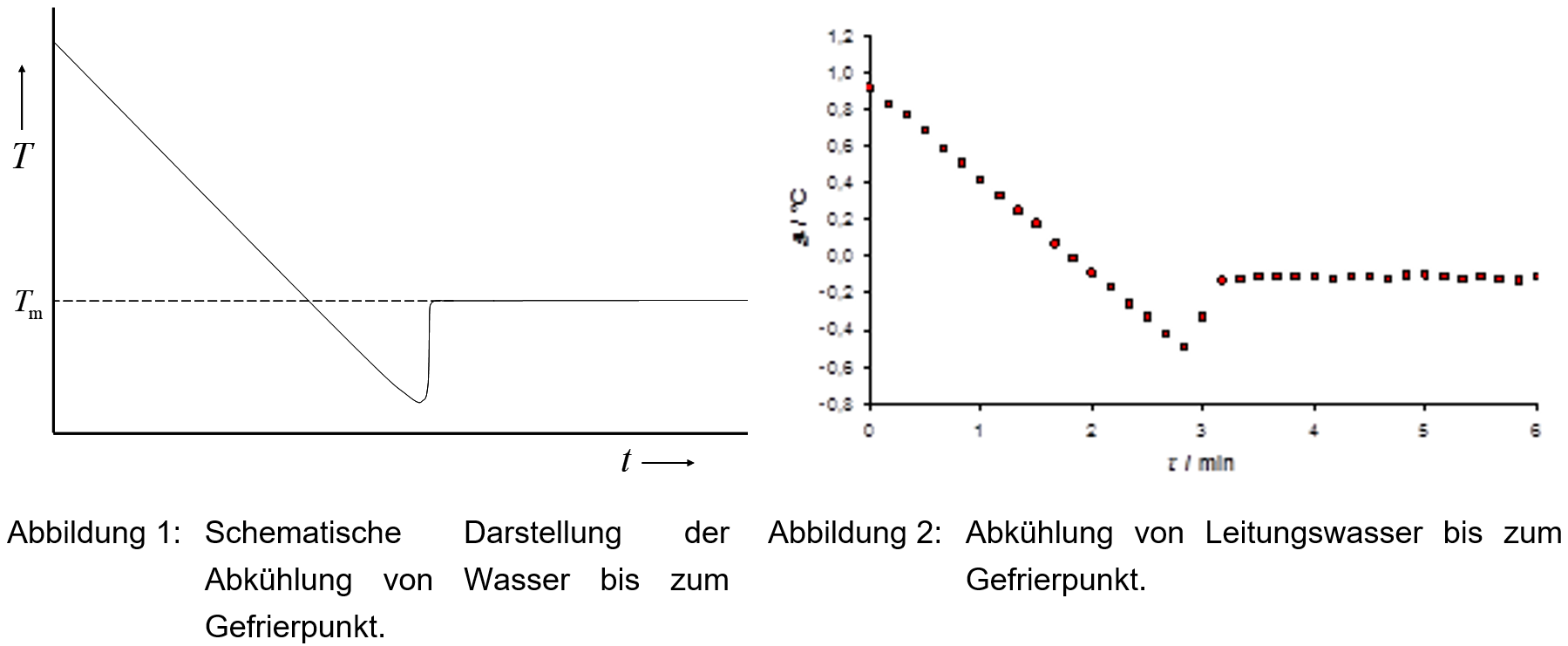
- A general or calculated relationship between quantities should be shown in the diagram as a solid line (Figure 1).
- Measured values, on the other hand, should be shown as data points without connecting lines (Figure 2). Exception: spectra.
- If the trend between measured points is important, it should be represented by a physically meaningful fitting function (Figure 3 and Figure 4). However, this function must be based on a theoretical relationship.
- Each figure must have a descriptive caption that briefly conveys the content of the figure.
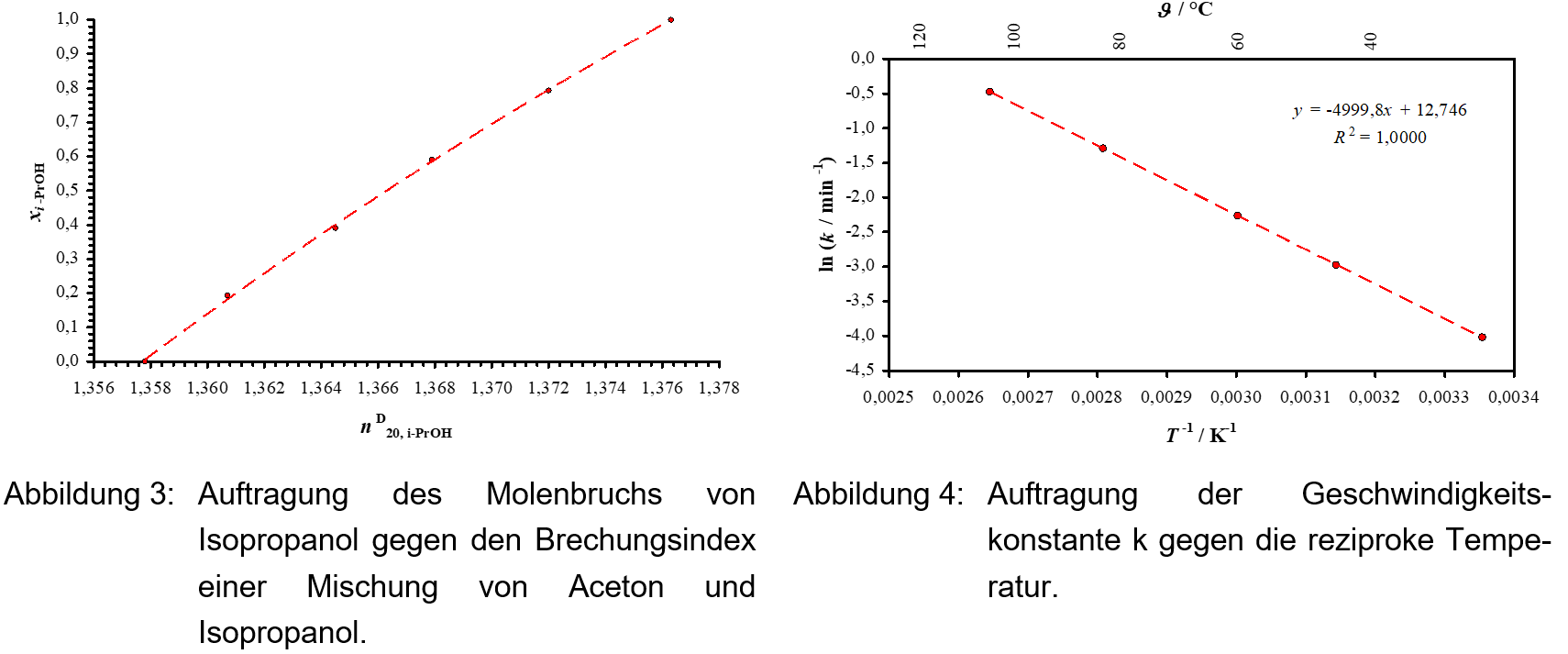
Literature: DIN German Institute for Standardization e. V.: Graphical representation in coordinate systems, Beuth Verlag GmbH, Berlin 1973 (DIN 461).
Equations must be numbered consecutively and referred to in the text.
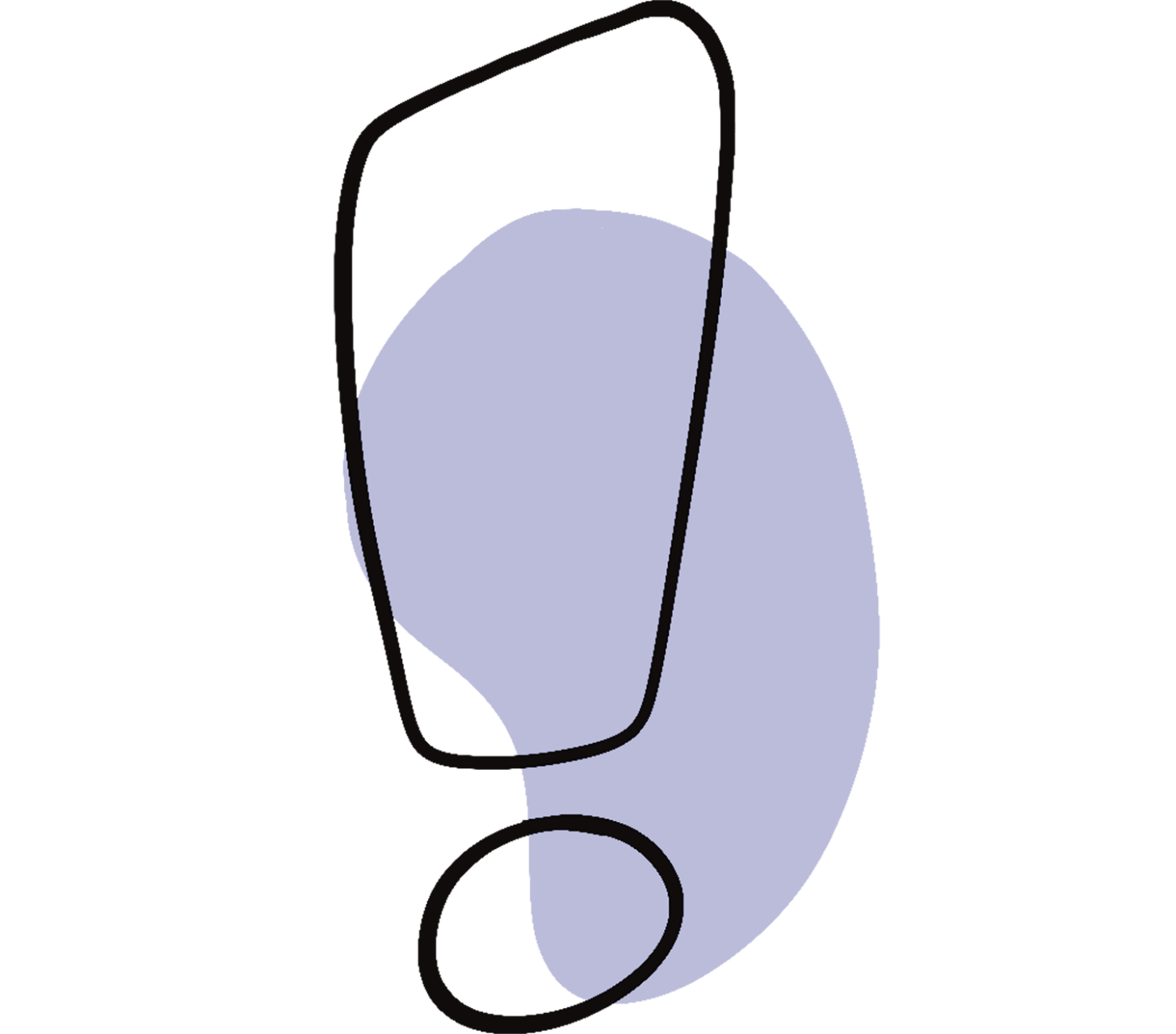

The qualitative and quantitative description of states and processes is done using quantities that describe measurable properties.

Example:
Quantity value = numerical value • unit (quantity value = {quantity value} • [quantity value])
U = 5 V (U = {U} · [U])
G = 3 kJ mol-1 (G = {G} · [G])
Literature:
DIN German Institute for Standardization e. V.: Quantities, Beuth Verlag GmbH, Berlin 1998 (DIN 1313).
DIN German Institute for Standardization e. V.: Quantities and units – Part 1: General, Beuth Verlag GmbH, Berlin 2009 (DIN EN ISO 80000-1).
How important is the layout of my paper?
In academic writing, the external form plays an important role – it contributes to the clarity and precision of your work and proves your careful and methodical approach.
What should I pay special attention to regarding the external form?
Your layout should be clear and functional, and it must comply with the specified guidelines. Pay attention to the correct formatting of chemical formulas, tables, figures, equations, and physical data.
This article was published in October 2025 and last updated in November 2024.






